
views
- EMDR is a form of therapy that uses rhythmic patterns and eye movement to treat anyone dealing with trauma.
- While EMDR isn’t considered dangerous, it does come with potential side effects, such as fatigue, vivid dreams, and discomfort.
- For many patients, EMDR’s pros outweigh the cons, as many are able to reprocess their trauma and find peace within 8 to 12 weeks.
Is EMDR therapy dangerous?

EMDR therapy is an evidence-based practice and isn’t dangerous. A common misconception about EMDR therapy is that it’s extremely dangerous and causes more harm than good. While going through therapy and reliving your trauma isn’t fun, eye movement therapy is completely safe. Yes, it may cause emotional pain, but this pain is short-term and helps lead you to recovery—a life where you’ve come to terms with and processed your trauma. Think of EMDR as a “repairing” or healing process. While it may hurt to heal at first, you feel better in the long run. Although EMDR can cause uncomfortable feelings, it can help you process and work through traumatic memories in a less stressful environment (all while increasing your self-esteem).
What is EMDR therapy?

EMDR is a therapy treatment that helps reduce disturbing thoughts. Introduced by Dr. Francine Shapiro in 1989, EMDR stands for Eye Movement Desensitization and Reprocessing and is a form of therapy that helps “reprogram” memory. During a session, a therapist will ask the client to recall a triggering or painful memory while focusing on a repetitive motion (typically the movement of the therapist’s finger or a tap on the shoulder). The rapid eye movements and rhythmic patterns can help patients work through disturbing memories until they can sit comfortably with their past. EMDR therapy is often used to treat post-traumatic stress disorder (PTSD) but can also benefit those with anxiety, depression, or other mental health issues. There are 8 phases of EMDR therapy, with each session lasting 60 to 90 minutes and the entire process taking anywhere between 8 to 12 weeks (depending on the severity of the trauma).
Potential Side Effects of EMDR Therapy

Fatigue Therapy can be exhausting, and you may feel extra drowsy after an EMDR session. After all, you’re reliving and reprocessing parts of your life you’d otherwise suppress, which can take a lot out of you. Be open and honest with your therapist about how you’re mentally and physically feeling to get the most out of your session.
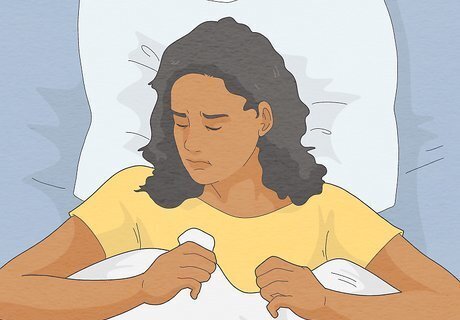
Vivid dreams Some EMDR patients experience new or intense dreams after starting therapy. This may result in resurrecting suppressed memories, as your brain is trying to process the information. Talk to your therapist about the intensity of your dreams, as they can help you analyze them.
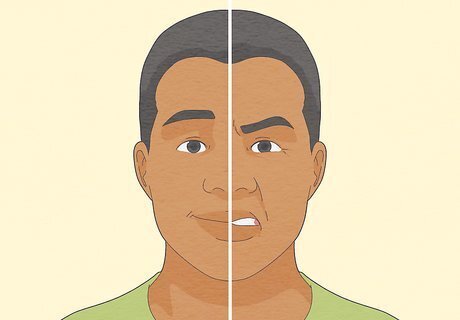
Emotional sensitivity It’s normal to feel intense emotions while undergoing EMDR therapy. You may get mood swings in and out of sessions, suddenly feeling upset, agitated, or panicked. In the majority of cases, these emotions don’t last forever, and processing them can bring you that much closer to peace.

Recalling memories When you undergo an EMDR treatment, you may notice that you start remembering things. These memories may be unsettling or traumatic and resurface because you’re making progress in your recovery. Open up to your therapist if you start remembering things; they’ll work with you to minimize any distress these recovered memories may cause.

Discomfort Recalling past traumas in any capacity can make you feel uncomfortable, and therapy is no different. Feeling awkward about reliving your deepest thoughts and feelings is completely normal. But know that pushing through this discomfort can bring you closure.
Common EMDR Myths & Misconceptions
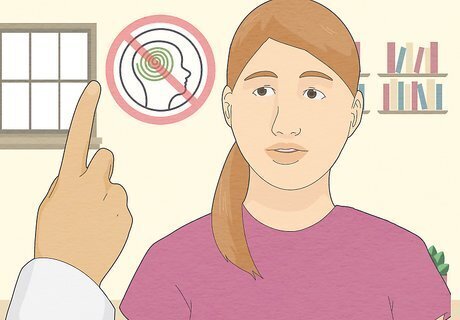
“EMDR is hypnosis.” Eye movements or bilateral stimulations sound a lot like the process of hypnosis, but EMDR is not. Hypnosis alters memories and responses subconsciously, whereas EMDR allows patients to work through traumatic events consciously.

“EMDR is only for people with PTSD.” Eye movement therapy is best known for treating those with PTSD, but it can also treat other mental illnesses. Those with anxiety, depression, and eating disorders can benefit a great deal from this style of therapy. Basically, if you’ve been through something traumatic (big or small), EMDR can help.

“I’ll feel worse doing EMDR.” While EMDR brings up traumatic memories, it helps you feel better in the long run. The process is emotionally intense and you may feel uncomfortable during sessions, but EMDR gives you the opportunity to minimize the negative emotions associated with your pain. Your therapist will monitor and curb your distress levels throughout your session, and end when you're feeling calm again. They'll also provide you coping mechanisms in case you recall disturbing memories between sessions.
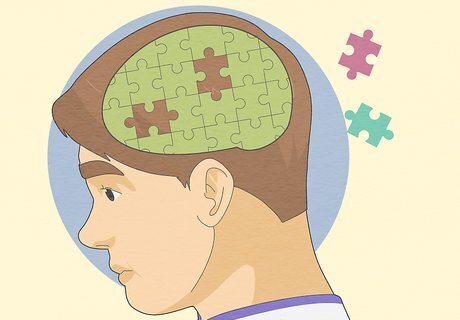
“I’ll get false memories from EMDR.” Eye movement therapy claims to help “reprogram” memories, but that doesn’t mean it changes them. When you think of something traumatic, feelings of guilt, dread, and regret may come up. EMDR works to reframe these memories, so they’re not as painful or life-hindering. Basically, EMDR can’t create memories that aren’t already there.

“I have to go into detail about my trauma.” Contrary to popular belief, one of the benefits of EMDR therapy is that you don’t need to go into depth about your past trauma. EMDR isn’t a form of “talk” therapy, which means you do all the unraveling and processing in your head. The therapist is there to guide you: asking questions and providing external stimuli. To put it simply, you only have to share what you feel like sharing to make progress.

“I’ll lose emotional control.” EMDR may bring up intense emotions, but you’re in control the entire time. Any type of therapy can make you hesitate emotionally with thoughts of “Can I handle this? Do I want to relive this?” EMDR is no different, but that doesn’t guarantee that you’ll lose control of yourself during or after a session. During sessions, you have complete control to stop your therapist if you feel distressed or overwhelmed. Chat with your therapist about your concerns and current mental state. They’ll be able to guide you toward whichever form of therapy would be best for you.
Starting EMDR Therapy
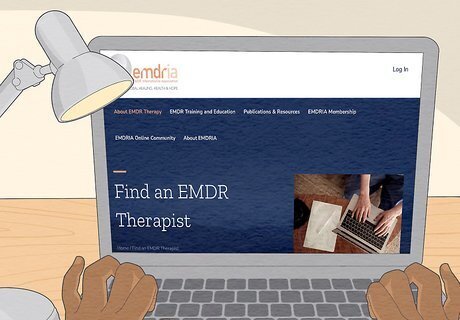
Find a qualified therapist. Therapists trained in EMDR therapy should be endorsed by EMDRIA, the leading organizing body for EMDR. If a therapist is not recognized, they may not be qualified to give this specific treatment. Check a therapist’s credentials with a quick online search before making an appointment. To find a therapist’s qualifications, search their name in the EMDRIA directory or with “qualifications,” “certifications,” or “credentials” online. Most therapists will list their certifications on their website in an “About Me” section.
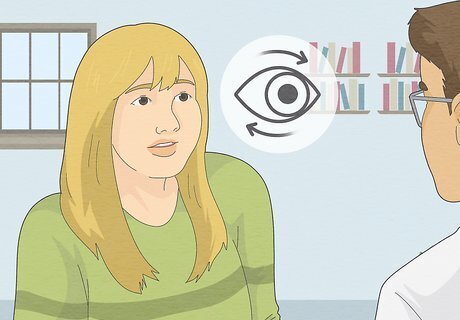
Ask your therapist if EMDR is right for you. While EMDR can help many mental health conditions, it may not be best for everyone. If you’re pregnant, have a heart condition, or have eye problems, consult a doctor before starting EMDR treatment to make sure the sessions will be safe for you to complete. If you’re questioning whether or not you’re a good candidate for EMDR, talk to your therapist. Be open and honest with them, and they’ll be able to point you in the right direction.

Use coping skills before and after sessions. Reliving and reprocessing traumatic events is anything but easy, and your therapist will most likely teach you a few coping skills to help you through the process. Practice these on your own time before and after EMDR sessions to ground yourself. Try 4-7-8 box breathing. Breathe in through your nose for 4 seconds, hold the breath for 7 seconds, and breathe out for 8. Focus on 5 things you can see, 4 things you can feel, 3 things you can hear, 2 things you can smell, and 1 thing you can taste.

Ask questions about your treatment. Don’t ever be afraid to ask your therapist questions. If you’re curious about what phase of EMDR you’re currently in or wonder what a memory might mean, speak up. The more you understand the treatment process and your trauma, the more you’ll get out of a session.

Plan your day around a session. EMDR is an intense therapeutic process, and your session may drain you emotionally and physically. Prepare for an EMDR session by scheduling your therapy appointment after work (if you're able), or schedule something fun or relaxing afterward to recharge your batteries.




















Comments
0 comment